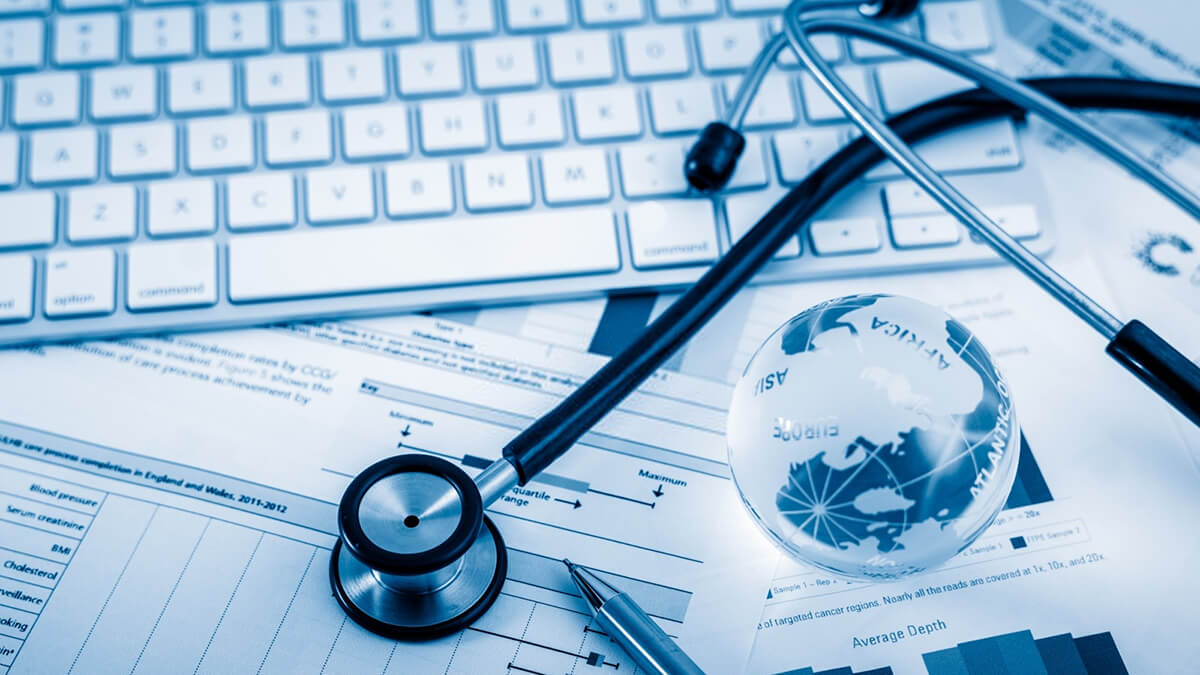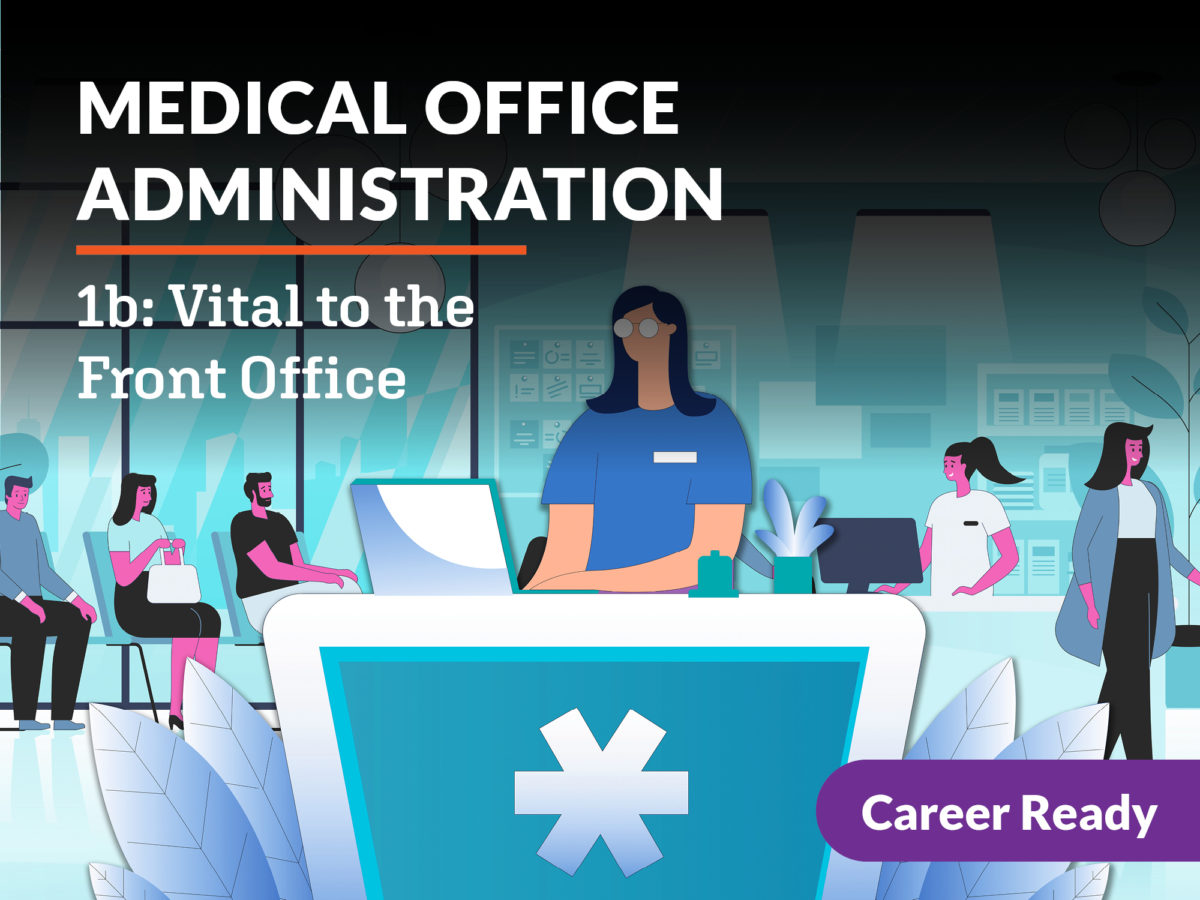Finest Practices in Medical Management for Improving Efficiency and Lowering Costs
In the ever-evolving landscape of healthcare, the pursuit of best methods in clinical administration is vital for improving efficiency and suppressing costs. By integrating innovative modern technologies such as digital health and wellness records and telemedicine, medical care companies can improve procedures and boost individual treatment. Nevertheless, innovation alone is not a remedy; enhancing source allotment and promoting joint communication amongst treatment groups are just as essential (medical administration). As organizations aim to stabilize high quality and price, what approaches should be prioritized to achieve these twin objectives? The response to these concerns hold the trick to a more lasting health care system.
Leveraging Advanced Technology
In today's quickly evolving healthcare landscape, leveraging sophisticated innovation is no more optional yet essential for effective medical management. The combination of electronic remedies right into healthcare systems has transformed the way facilities operate, enhancing procedures and improving person treatment. Electronic Wellness Records (EHRs) are crucial, providing comprehensive patient data that can be accessed quickly by licensed workers, therefore minimizing redundancy and lessening mistakes. By streamlining patient info, EHRs get rid of the need for troublesome documents and assist in smooth interaction amongst healthcare suppliers.
Telemedicine is another technical development that has revolutionized person communication. It uses comfort for both individuals and health care professionals by enabling remote assessments, which can reduce the demand for in-person gos to and optimize appointment organizing. In addition, telehealth platforms can extend medical care accessibility to rural or underserved locations, connecting gaps in treatment delivery.
In addition, making use of Expert system (AI) and artificial intelligence is becoming progressively widespread in predictive analytics, allowing for very early discovery of potential health problems and even more educated decision-making. These modern technologies, when integrated successfully, can improve diagnostic precision and individualize patient treatment strategies, inevitably resulting in improved medical care outcomes and operational performance.
Optimizing Source Allocation
Efficient source allocation is critical for taking full advantage of the performance of medical management. By purposefully handling sources such as workers, tools, and finances, healthcare facilities can considerably enhance their operational efficiency, enhance client outcomes, and decrease unneeded expenses. The primary step in optimizing resource allowance entails conducting an extensive evaluation of present properties and recognizing areas where resources may be underutilized or overextended. This analysis needs to be data-driven, making use of metrics and analytics to inform decision-making processes.
Focusing on source allowance based on patient requirements and service demands is necessary. Implementing versatile staffing versions can likewise enhance labor sources by adjusting workers appropriation in reaction to changing patient volumes.
Monetary sources should be carefully monitored and designated with strategic foresight to sustain both temporary functional needs and long-lasting institutional objectives. This consists of investing in training programs that boost staff competencies and taking on energy-efficient techniques that reduce operational expenses (medical administration). Inevitably, an optimized source allocation method fosters a sustainable health care setting that is responsive, reliable, click resources and financially prudent
Streamlining Workflow Procedures
When healthcare facilities goal to improve operational performance, streamlining workflow processes comes to be a pivotal focus. Efficient process lessen redundancy, remove unneeded steps, and enhance sychronisation amongst healthcare specialists. This method not only accelerates service delivery but additionally boosts the top quality of patient treatment.

Following, innovation combination plays a significant duty in enhancing workflows. Implementing digital health records (EHRs) and digital physician order entrance (CPOE) systems lowers documents, minimizes human mistake, and guarantees details comes to all appropriate employees. In addition, leveraging telemedicine platforms can improve person assessments and follow-ups, lowering the strain on physical infrastructure.

Inevitably, structured operations lead to cost reductions and improved client fulfillment, cultivating an extra lasting medical care environment.
Enhancing Information Monitoring
Building sites upon structured operations, maximizing information administration ends up being a crucial element beforehand healthcare administration. Reliable information administration systems are important for maintaining accurate person documents, enhancing decision-making, and guaranteeing compliance with regulatory criteria. By carrying out robust data monitoring services, healthcare centers can improve the quality of patient treatment while concurrently minimizing functional costs.
One trick facet of improving data monitoring is the combination of sophisticated electronic wellness record (EHR) systems. These systems facilitate the smooth exchange of individual info across various departments, decreasing duplication of examinations and lessening errors. A properly designed EHR system sustains data analytics, making it possible for health care companies to recognize fads and make notified decisions concerning patient treatment.
Furthermore, safeguarding person information is paramount. Taking on extensive cybersecurity measures, consisting of encryption and normal audits, guarantees the honesty and privacy of sensitive info. This not only safeguards people yet also keeps the organization's online reputation.
Investing in staff training is one more crucial variable. Enlightening medical care specialists on information monitoring practices enhances Our site their capability to successfully make use of technology, resulting in enhanced individual end results. Finally, enhancing data management through sophisticated innovation and detailed training is crucial for attaining performance and price decrease in clinical management.
Fostering Collaborative Interaction
A critical component ahead of time medical administration is fostering collaborative interaction amongst medical care specialists. Reliable interaction is vital for making certain smooth individual treatment, enhancing treatment results, and lessening errors. By motivating open dialogue and coordination across multidisciplinary teams, medical care companies can enhance their functional performance and lower unneeded prices.
Central to this strategy is the combination of communication innovations such as electronic health records (EHRs) and protected messaging systems, which promote the quick exchange of vital individual info. These tools make it possible for doctor to accessibility and share information in genuine time, guaranteeing that all staff member are notified and aligned in their decision-making procedures. Additionally, routine team meetings and interdisciplinary rounds can further advertise a society of partnership and responsibility.
Educating programs focused on improving interaction abilities are additionally essential. Eventually, cultivating joint communication leads to enhanced medical care delivery and price savings.

Final Thought
Including innovative technology, such as electronic health records and telemedicine, alongside optimized resource allocation and structured operations procedures, is essential for boosting performance in clinical management. Efficient data management and fostering collaborative interaction amongst health care teams are important for lessening redundancies and enhancing care quality. By prioritizing preventive care and engaging in top quality renovation campaigns, medical care companies can accomplish considerable expense savings and boosted person end results, therefore making certain lasting health care shipment in a progressively complicated environment.
Comments on “How to Improve Efficiency in Medical Administration with Modern Devices”